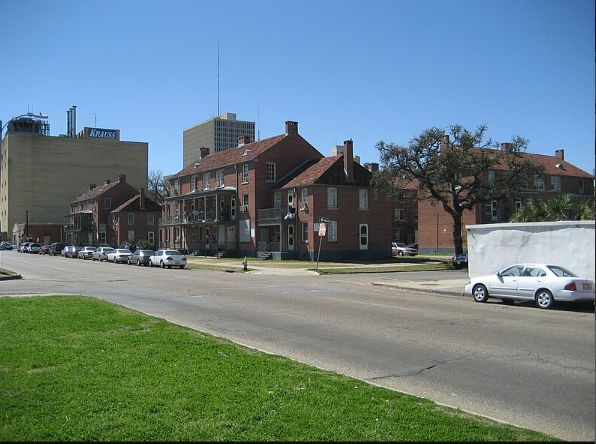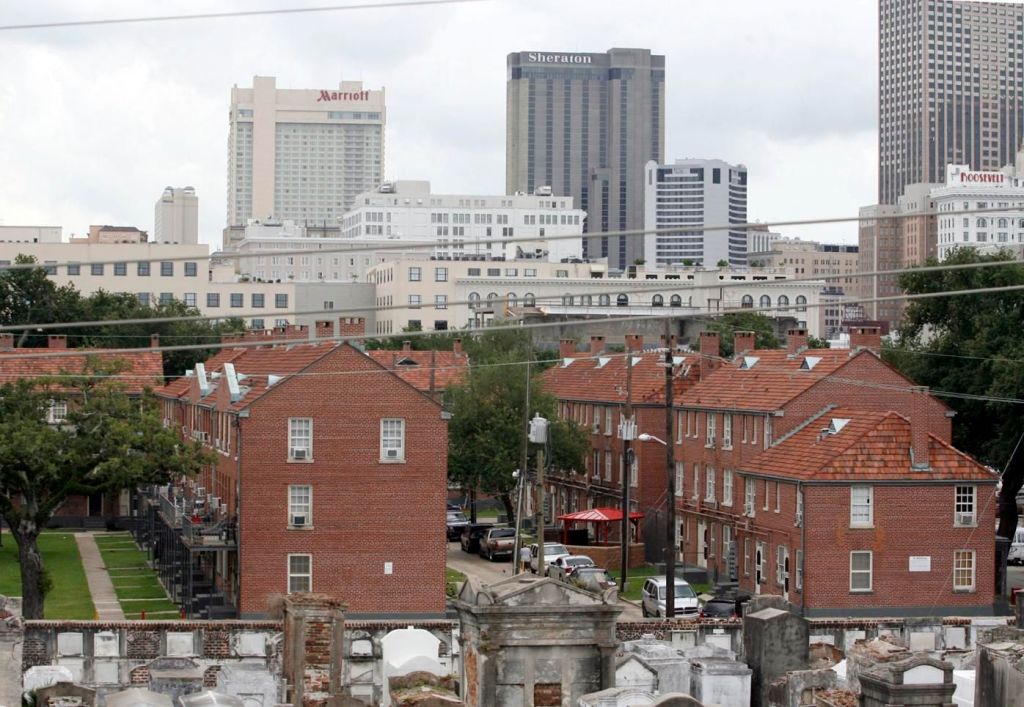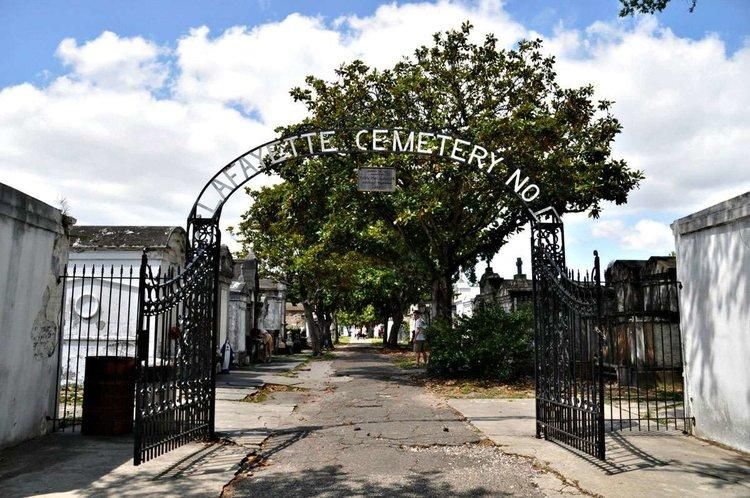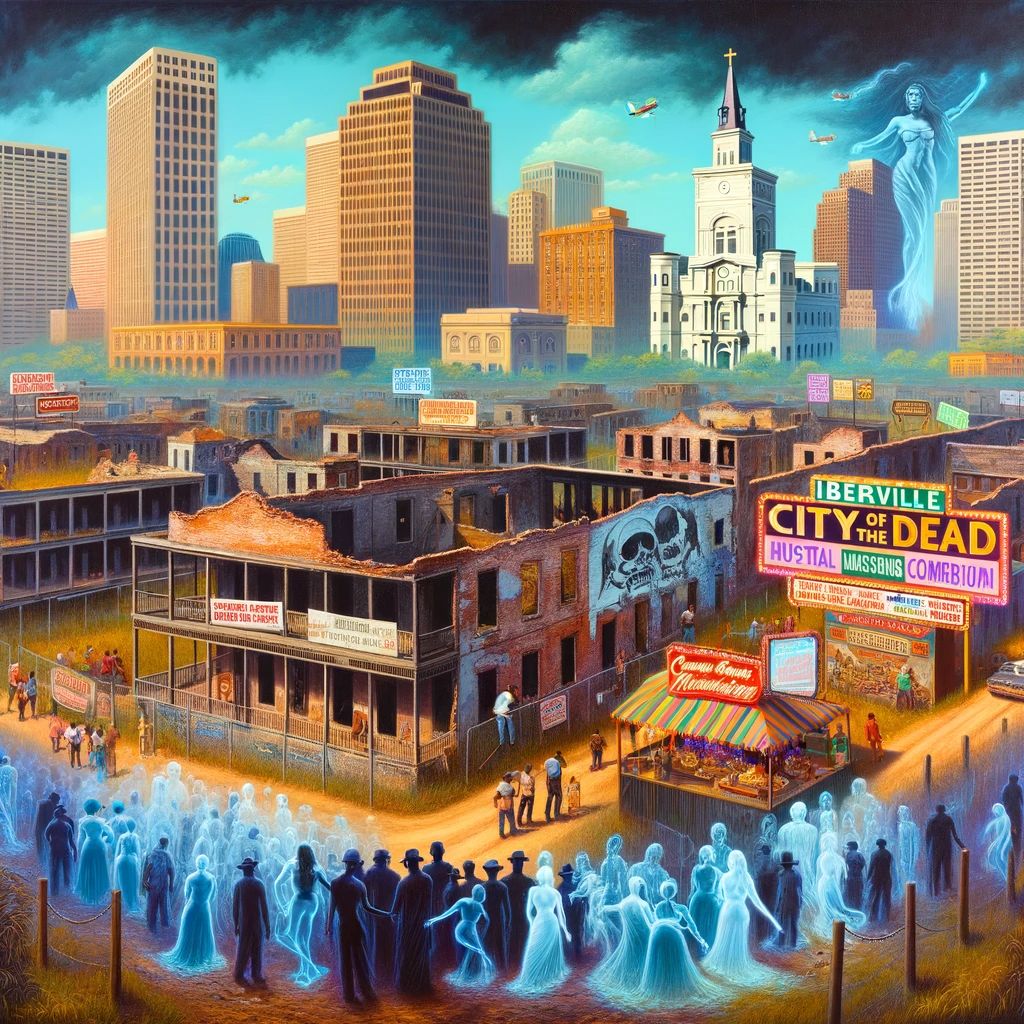Introduction to the Controversy

In the vibrant embrace of New Orleans, where jazz melodies dance on the breeze and Mardi Gras beads shimmer like confetti, looms a chilling question: where does respect for cultural heritage end and commercial exploitation begin? The ambitious “City of the Dead” museum, planned for the remnants of the demolished Iberville Public Housing Complex, stands at a haunting crossroads, raising critical questions about cultural respect, historical preservation, and the ethical complexities of urban development.
Spearheaded by Mardi Gras design guru Barry Kern and developer Joe Jaeger, this $10 million venture aims to immerse visitors in the city’s unique approach to honoring the deceased. Yet, concerns swirl around this “immersive experience.” Does such commercialization strip bare the soul of African American death rituals, transforming sacred expressions of grief and celebration into mere tourist spectacles?
Beyond Bricks and Mortar: The Soul of Iberville

Iberville wasn’t just a collection of buildings; it was a vibrant tapestry of lives lived, a testament to resilience etched in every crack and crevice. Its demolition symbolizes a wider pattern of neglecting Black experiences in New Orleans. The preservation of only a fraction of the original structures underscores a shift towards prioritizing profit over community heritage, a pattern mirrored in the gentrified Lower Garden District, where the St. Thomas project was erased to make way for luxury developments.
This trend isn’t just about bricks and mortar; it’s about commodifying cultural expressions. Developers reap handsome profits from practices once marginalized and misunderstood, capitalizing on a legacy they had no hand in creating. The aftermath of Hurricane Katrina, unfortunately, proved a turning point, leading to redevelopment that often displaced the city’s original residents – predominantly Black and low-income families. In their place, mixed-use developments and tourist attractions cater to a wealthier demographic, pushing the soul of New Orleans to the periphery.
Ghosts of Ancestral Homes: Honoring or Exploiting Traditions?

To understand the depth of this dilemma, we must journey across the Atlantic, to the ancestral lands where these profound traditions first took root. In many African cultures, death isn’t an ending, but a transition – a bridge between the physical and spiritual realms. Here, elaborate above-ground tombs become homes for the departed, not just final resting places, but sacred spaces where the living can commune with their ancestors. These tombs, adorned with intricate symbols and stories, embody a legacy of reverence and remembrance, linking generations in an unbroken chain.
St. Louis No. 1: Whispers of Ancestral Connection

This profound respect for ancestors finds a resonant echo in New Orleans’ “Cities of the Dead,” such as the majestic St. Louis No. 1 Cemetery. Here, tombs stand as both physical and spiritual landmarks, bridging continents and cultures. Each one, a testament to the city’s history, whispers stories of lives lived, traditions upheld, and legacies passed down.
True representation goes beyond token inclusion. It demands elevating voices historically relegated to the margins, voices that resonate with the lived experiences of those who laid the foundations of this city. The stories of Iberville residents, etched into the very concrete of the streets, deserve to be told by their descendants, the rightful carriers of a legacy of resilience.
Collaboration, not appropriation, is key. Museums, developers, and cultural curators must engage with communities respectfully, ensuring local voices are heard and benefits are shared. This approach can create a narrative that honors the past while paving a diverse, authentic future.
A Moment of Pause: Reflecting on the Road Ahead

Recently, the ‘City of the Dead’ project faced significant challenges. Developers Joe Jaeger and Barry Kern paused the museum’s development in response to concerns from the Louisiana Attorney General’s office and the Housing Authority of New Orleans, particularly regarding potential human burial grounds and the complex development climate. This pause reflects the intricate nature of urban redevelopment in a city as steeped in history and cultural diversity as New Orleans.
Jaeger and Kern, in their statement, reaffirmed their commitment to redirecting their focus and investments towards other projects in New Orleans and surrounding states, pending further clarity on the ‘City of the Dead’ site. This decision highlights the complex interplay between business interests and cultural sensitivity, a delicate balance that must be struck in such a historically rich urban landscape.
New Orleans stands at a crossroads. The path chosen now will shape its identity for generations. The ‘City of the Dead’ project, at this crucial juncture, can either be a catalyst that steers the city towards a future that honors the past while building an inclusive, respectful community, or a symbol of lost opportunities and disregarded heritage.
As we witness the transformation of these historic sites, we must continually ask: How do we honor the true legacy of New Orleans’ black communities? How do we ensure that the city’s redevelopment does not come at the cost of its soul? The ‘City of the Dead’ project, in this context, is a stark reminder of these pressing questions, urging us to reflect on the importance of cultural integrity and protecting the stories and practices of those who have shaped the spirit of New Orleans.
